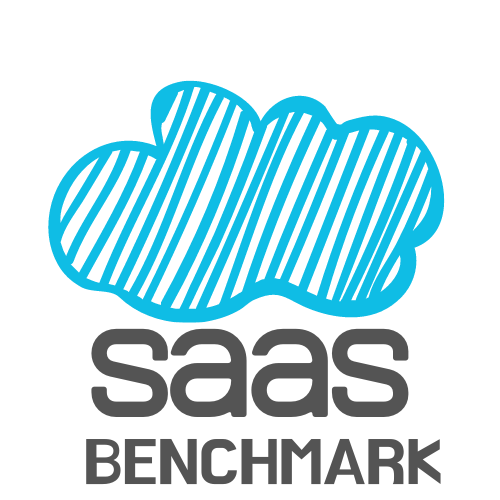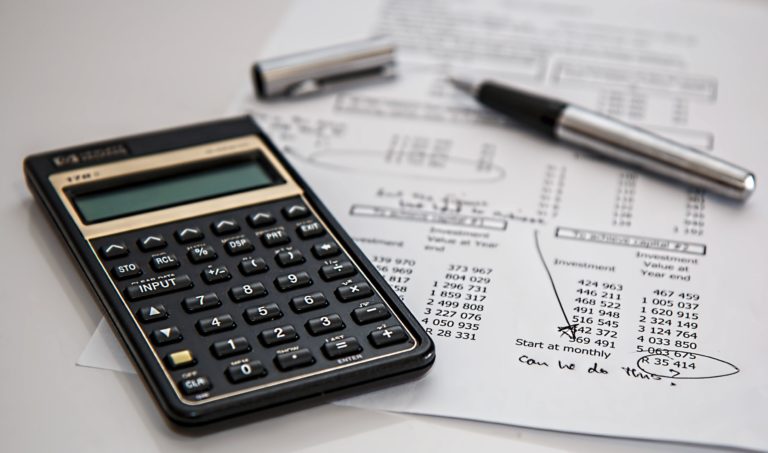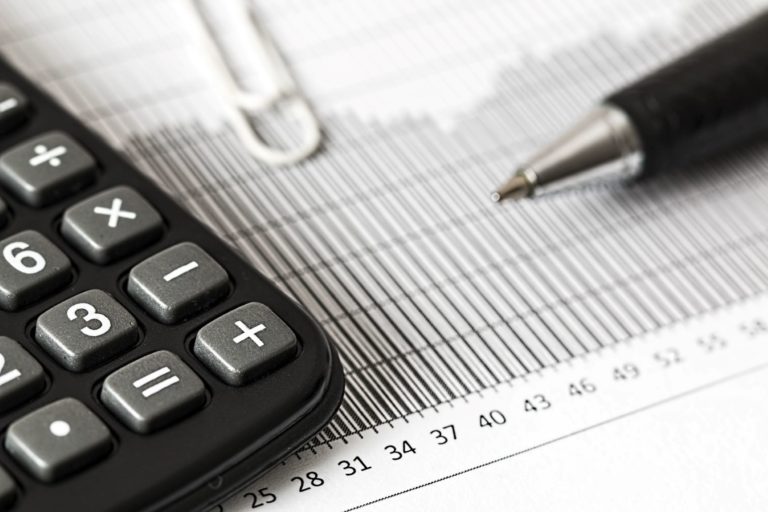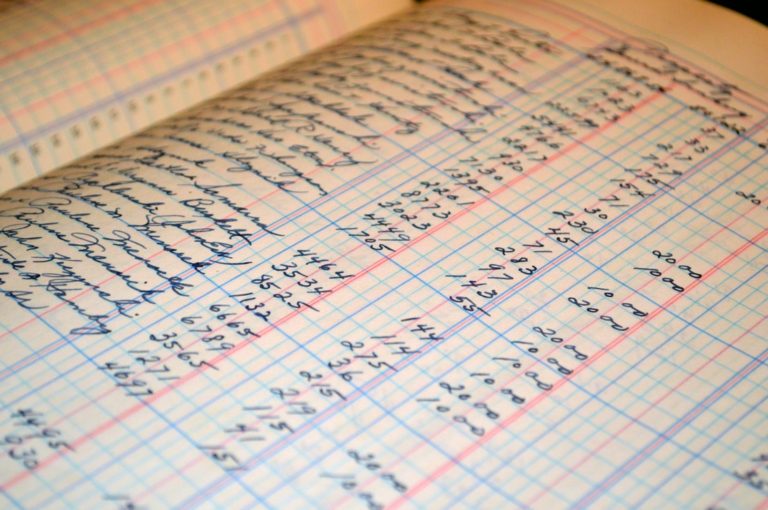5 Steps of Revenue Recognition
Most SaaS businesses derive revenue from customer contracts. The issuance of Accounting Standards Update 2014-09, Revenue from Contracts with Customers (Topic 606) revised the recognition process for contract revenue.
The standard’s effective date for non-public companies is annual reporting periods beginning after December 15, 2018. In other words, the standard is now in effect.
Contract revenue recognition continues to be a complex subject. However, at a high level, the updated revenue recognition method is a 5-step process:
- Identify the contract with a customer
- Identify the contract’s performance obligations
- Determine the contract’s transaction price
- Allocate the transaction price among the performance obligations
- Recognize revenue when (or as) the entity satisfies a performance obligation
Most SaaS companies will recognize subscription revenue over time because (in the language of the standard) “the customer simultaneously receives and consumes the benefits provided by the entity’s performance.” In practice, recognizing revenue each month as you provide the service is generally following the standard (i.e., recognizing 1/12 the amount of a 1-year contract each month).
As you familiarize yourself with the standard, be aware of how the word “license” is used. In everyday conversation a contract with a customer might be referred to as a “license” to use the SaaS offering. However, “license” as used in the accounting standard means rights to use intellectual property (IP). In SaaS, the customer gains access to the service but does not gain rights to any intellectual property. This distinction is important because there are differences in recognition timing based on whether a license for IP is involved.
Looking for more specifics on SaaS revenue recognition? Check out this revenue recognition case study.
Revenue Hub is a good resource for more details on revenue recognition.







